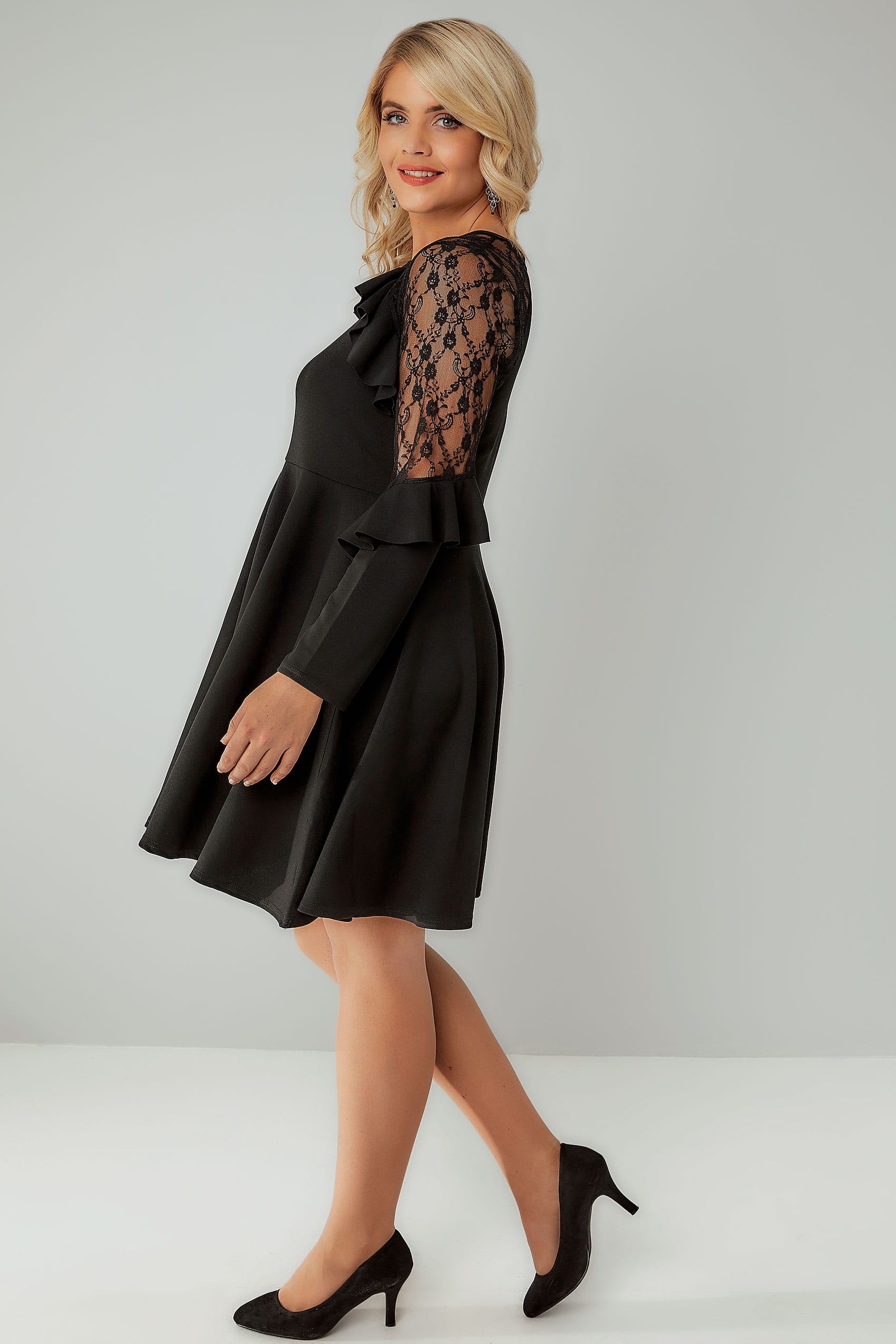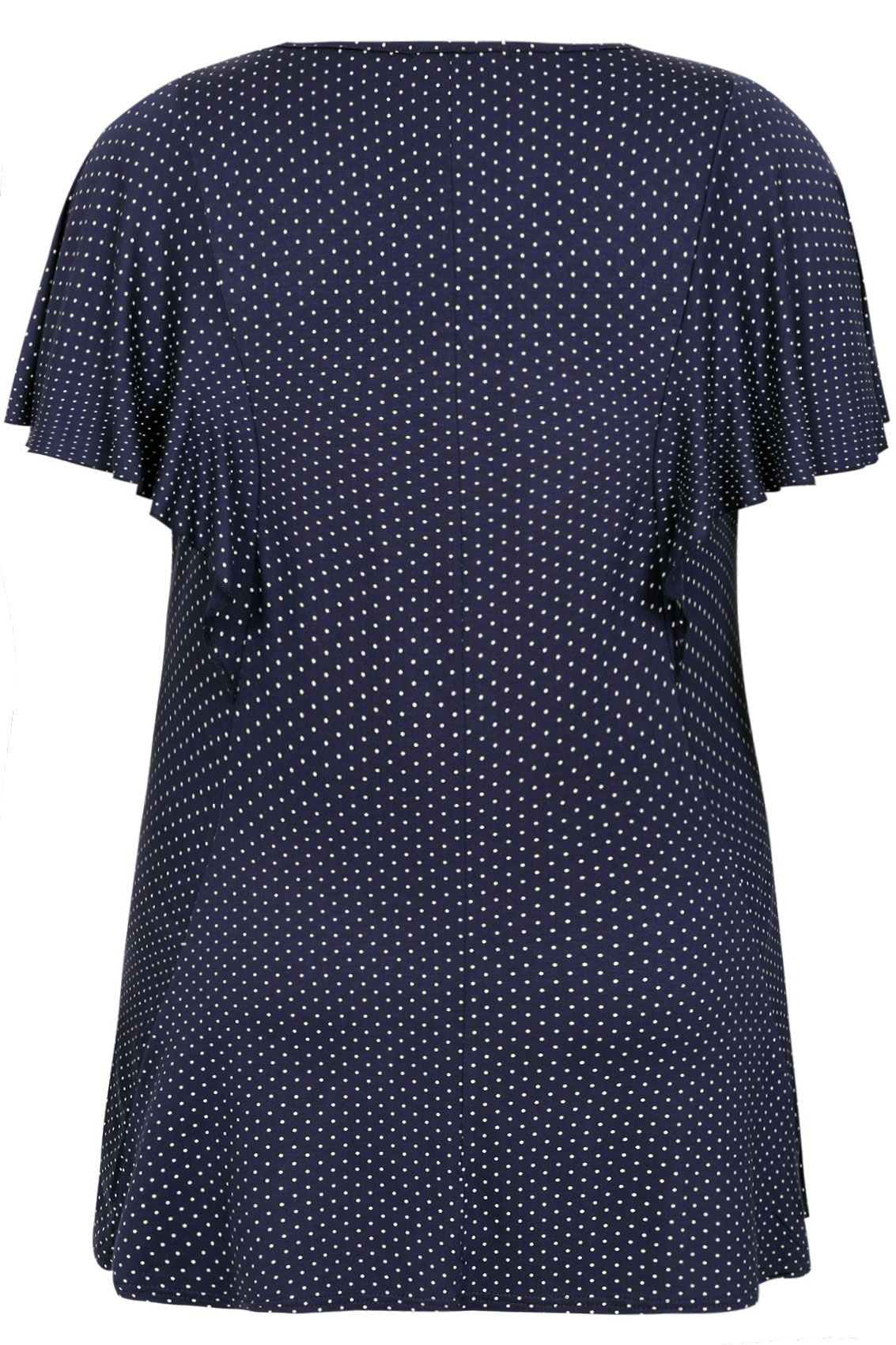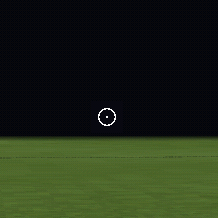

In addition to acute or chronic leukemia, it’s good to note that petechiae can also be caused by a variety of other conditions. When you press on petechiae, it won’t turn white a rash, however, will turn pale in comparison. Petechiae can easily be confused with a common rash, yet there’s one main difference.

It’s often found on the arms, legs, stomach, and buttocks, though you might also find it on the inside of the mouth or the eyelids. If you’re wondering what petechiae looks like in leukemia, it tends to resemble a rash and can come in the form of small purple, red, or brown spots on the skin. When children and adults have chronic or acute leukemia, their bodies don’t have enough blood cell platelets to seal off the broken blood vessel, which causes the spots to appear. They’re caused by broken blood vessels, or capillaries, underneath the skin. People with leukemia may notice tiny red blood spots on their skin – these pinpoints are called petechiae. Petechiae is another term for leukemia blood spots. At this stage, it is important to surround yourself with family who can make sure you are as comfortable as possible and also look after your mental health as much as possible. Regardless of the cancer type or cancer care you have been receiving, you may be at the end stages of your leukemia journey and wondering what terminal leukemia symptoms look like. While not all forms of leukemia present symptoms, some patients may develop a number of different signs to look out for. When it comes to diagnosis, leukemia is often discovered through blood tests, bone marrow tests, physical exams, imaging tests, and biopsies. Chronic lymphocytic leukemia (CLL) also referred to as acute lymphoblastic leukemia.Acute lymphocytic leukemia (ALL) also referred to as acute lymphoblastic leukemia.Since leukemia cancer cells grow faster than healthy cells, these abnormal white blood cells will begin to overcrowd the body and can lead to a high number of insufficient cells within the blood.Īccording to data from the National Cancer Institute, the four most common types of leukemia are as follows:

This form of blood cancer grows in the soft interior of the bones. Leukemia is also classified as either chronic or acute. Both myeloid and lymphocytic leukemia can occur depending on where they begin in the bone marrow. Leukemia can either be fast-growing or slow-growing depending on the type. Leukemia is a type of cancer that often forms from the white blood cells within the body. Let’s take a closer look at what leukemia is and what you can expect in a leukemia rash, so you can know when it’s time to seek medical help. But what do leukemia bruises look like and, how do you know if it’s that or a common rash? When discussing how leukemia is diagnosed and what are the early signs of leukemia – you may have heard of leukemia spots or bruising. These range from rashes to bruises and are commonly seen in both children and adults. People who have leukemia are prone to skin-related problems.


 0 kommentar(er)
0 kommentar(er)
